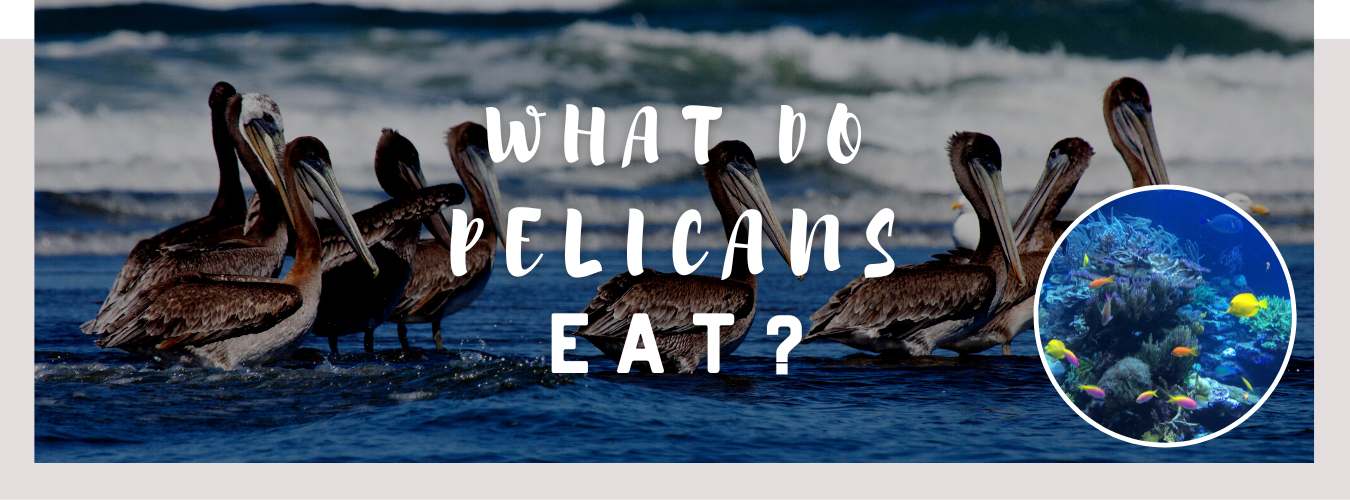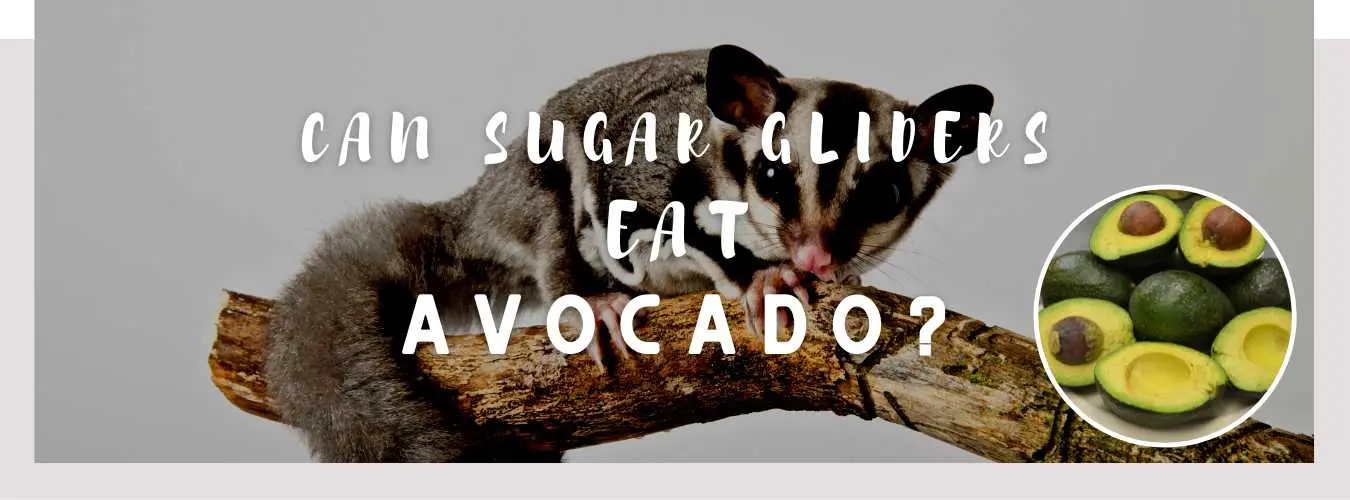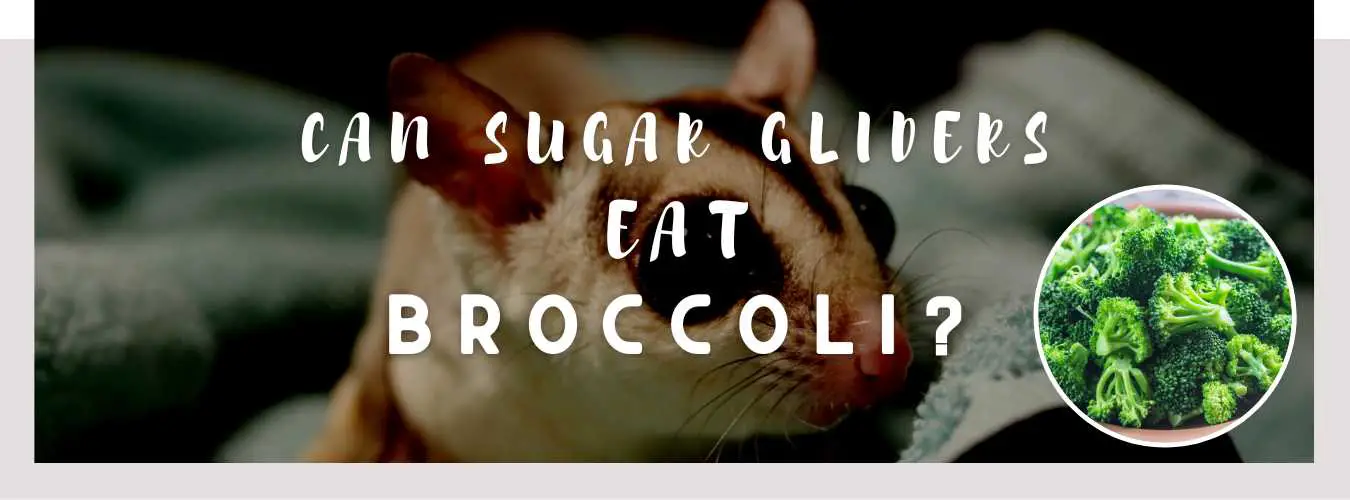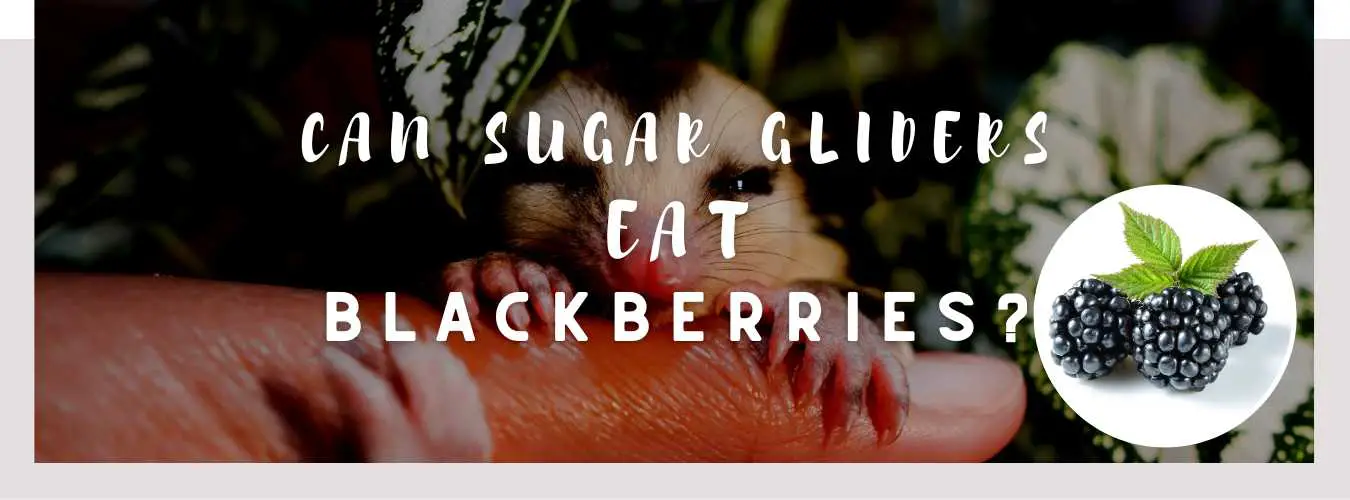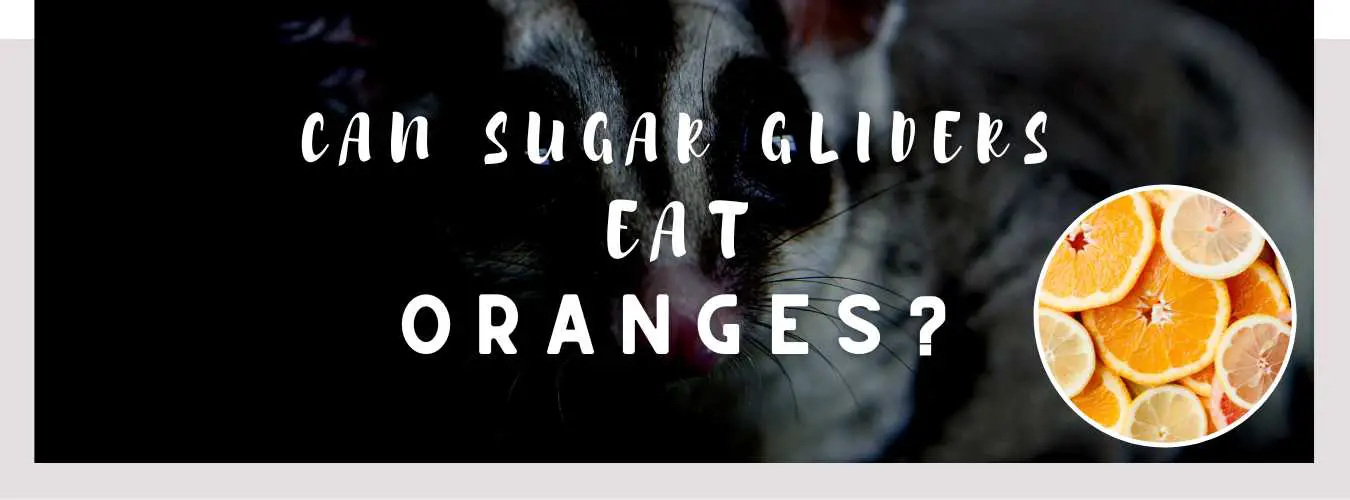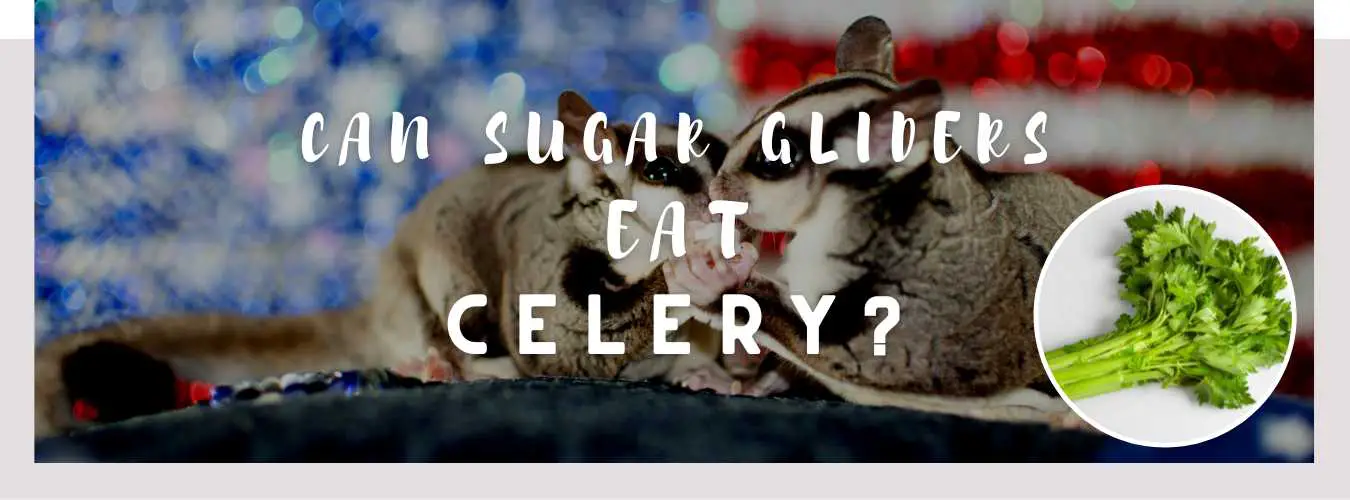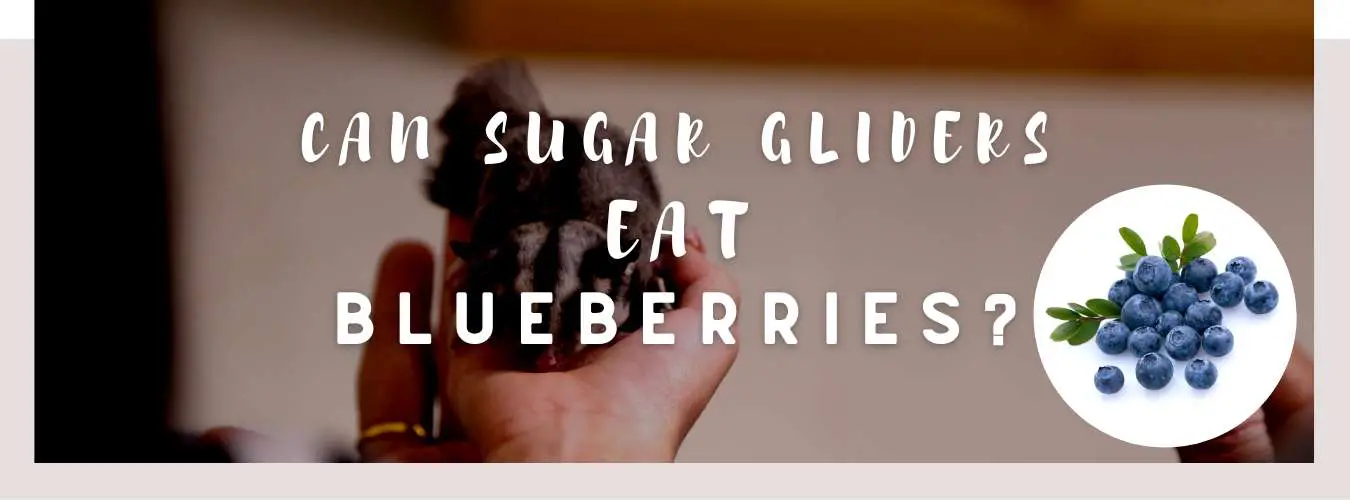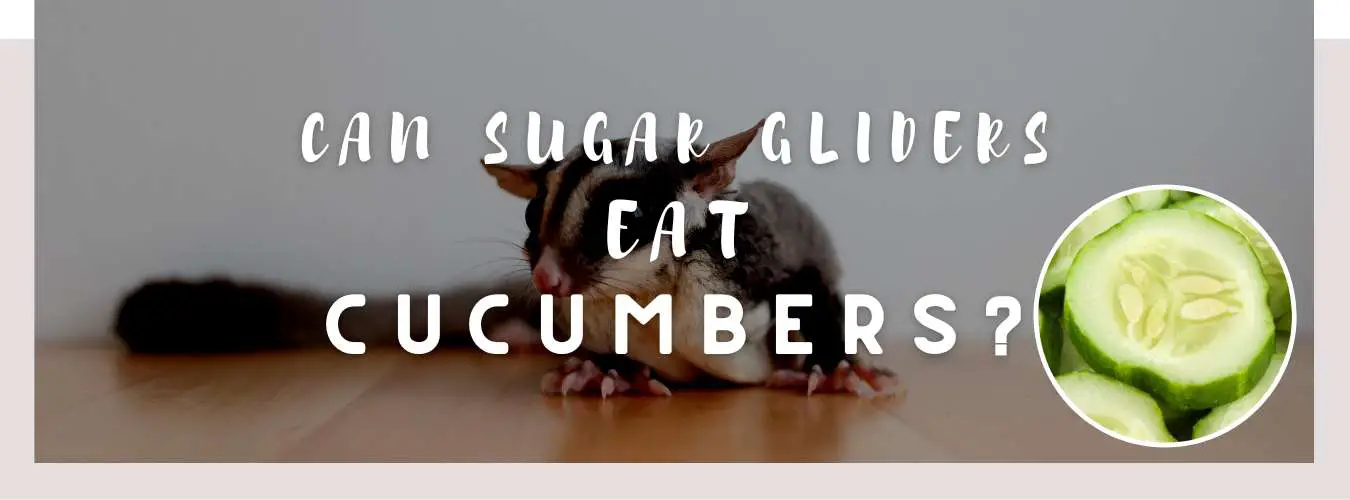
Pelicans are large water birds that belong to the family Pelecanidae. They are known for their distinctive, oversized bill and pouch that they use to scoop up fish. There are 8 different species of pelicans, with the American White Pelican and the Brown Pelican being the most common in North America. Pelicans are found in both freshwater and coastal habitats, and they are strong swimmers and fliers. They are also known to be social birds, often seen in large flocks.
What Do Pelicans Eat?
Pelicans primarily eat fish, but they also consume other aquatic animals such as crustaceans, mollusks, and amphibians. The American White Pelican, for example, mostly feeds on fish such as carp, catfish, and menhaden, while the Brown Pelican feeds on small fish, such as anchovies and sardines. They are opportunistic feeders, hunting both alone and in groups. They use their large bill and pouch to scoop up fish from the water’s surface, and they can hold up to three gallons of water and fish in their pouch. They also swallow their prey whole or in chunks, and they can consume up to 3 pounds of fish per day.
You might also like: Do Flamingos Eat Shrimp?
How do pelicans eat big fish?
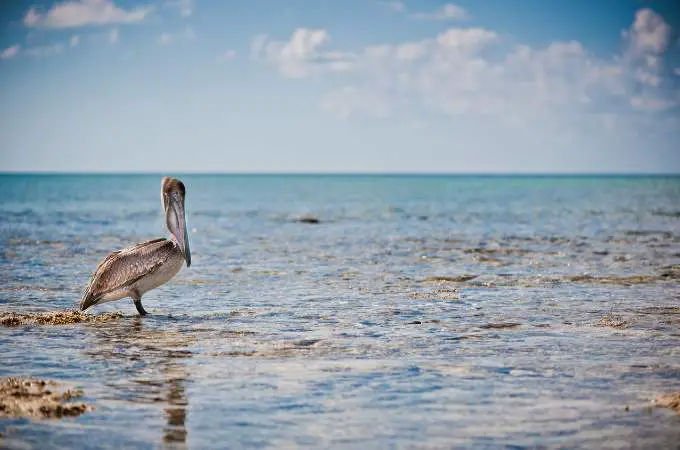
Pelicans have several adaptations that allow them to eat larger fish. One of these is their large bill, which can measure up to 18 inches in length and has a pouch at the bottom that can expand to hold up to three gallons of water and fish. This pouch acts like a net, allowing pelicans to scoop up fish along with water and then drain the water out before swallowing the fish.
Another adaptation is the way they hunt. They often work in groups to herd schools of fish together, making them easier to catch. They will also dive from heights to catch fish, using the force of the dive to stun the fish and make them easier to scoop up in their bill.
Additionally, pelicans have strong, sharp bills that allow them to hold on to large fish, and they have a flexible lower jaw that allows them to open their bill wide and swallow large fish whole. Their esophagus can also expand to accommodate large fish, and they have a special valve in the back of their throat that prevents water from flowing back into the bill pouch.
In summary, Pelican’s oversized bill and pouch, hunting in groups, diving from heights and strong, sharp bills, flexible lower jaw, and special valve in their throat, all of these adaptations allow them to catch and eat larger fish.
What is a pelican’s favorite food?
Pelicans are opportunistic feeders and their diet varies depending on the species and location. However, fish are the main food source for most species of pelicans.
For example, the American White Pelican feeds primarily on fish such as carp, catfish, and menhaden. The brown pelican feeds on small fish, such as anchovies and sardines. The Peruvian Pelican feeds on anchovies, sardines, and mullets, and the Australian Pelican feeds on fish such as mullet, bream, and catfish.
It’s worth noting that the diet of pelicans can also be affected by the availability of food in their habitat. They may also eat other aquatic animals such as crustaceans, mollusks, and amphibians when fish are not available.
In summary, fish is the main food source for most species of pelicans, but they are opportunistic feeders and their diet can vary depending on the species and location.
You might also like: What Do Flamingos Eat?
What can you feed pelicans?
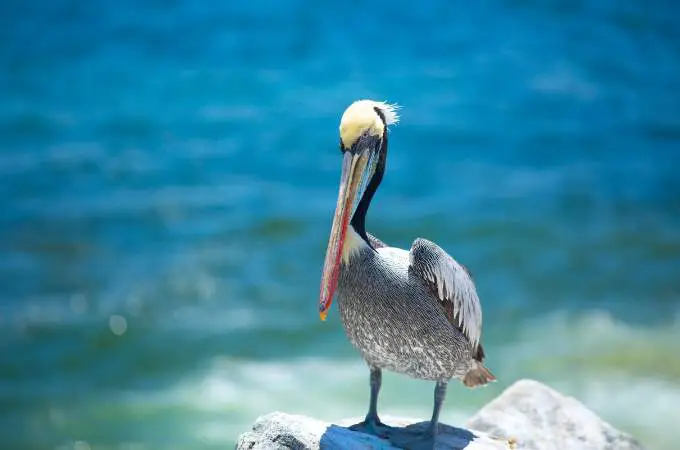
Pelicans in the wild should be fed their natural diet of fish and other aquatic animals. Feeding them other types of food, such as bread or human food, can be harmful to their health and can disrupt their natural feeding behaviors.
If you want to feed pelicans, it is best to do it in a controlled environment such as in a sanctuary or rehabilitation center. These organizations will have the proper diet and feeding guidelines for pelicans in their care.
It’s also important to note that feeding wild pelicans can also lead to dependency on human-provided food, which can make them less able to survive in the wild. In addition, it is illegal to feed wild pelicans in some places, and feeding them may also attract large numbers of birds which can cause problems with sanitation and safety.
In summary, If you want to feed pelicans, it’s best to do it in a controlled environment such as a sanctuary or rehabilitation center. Feeding wild pelicans can be harmful to their health and it’s illegal in some places.

